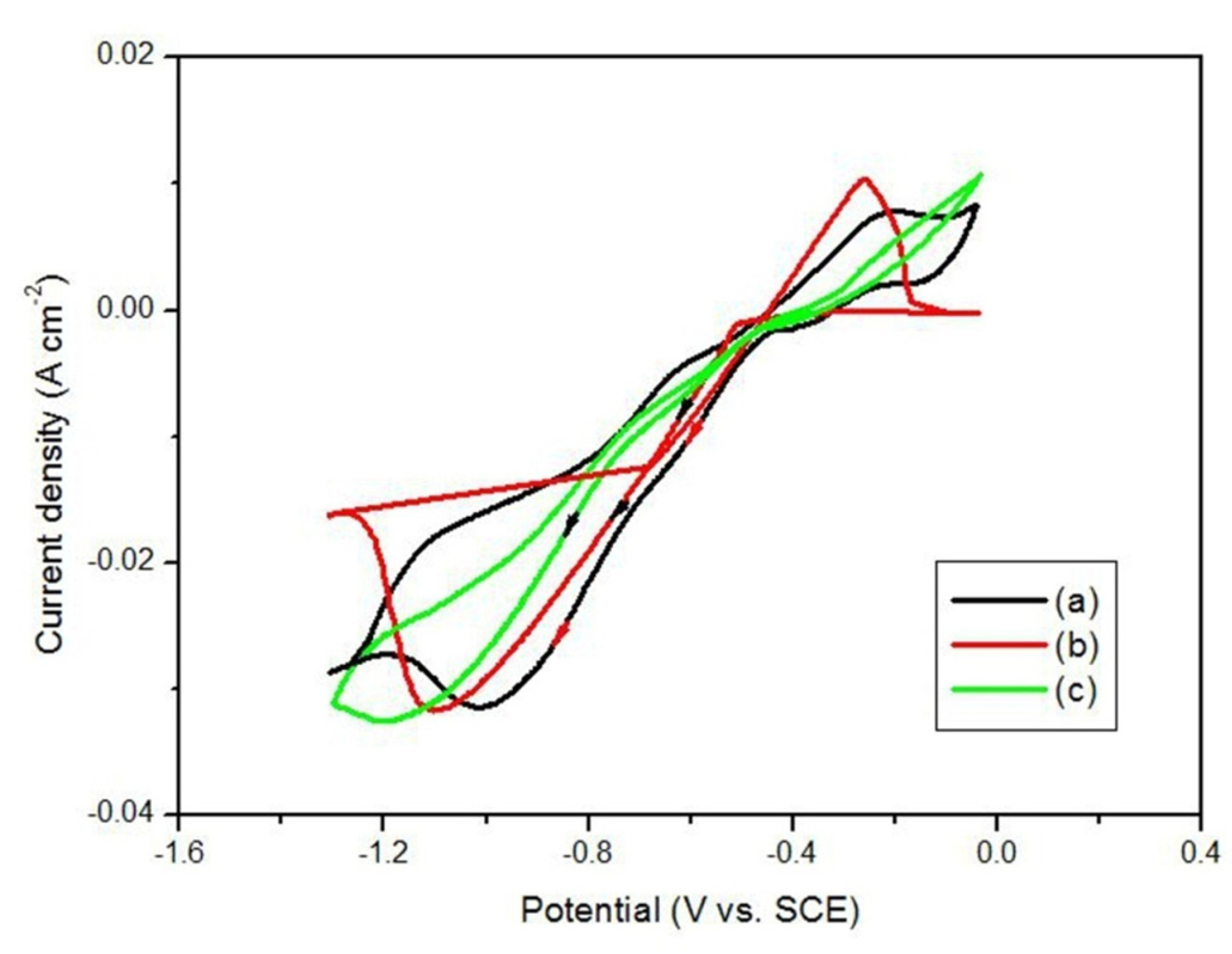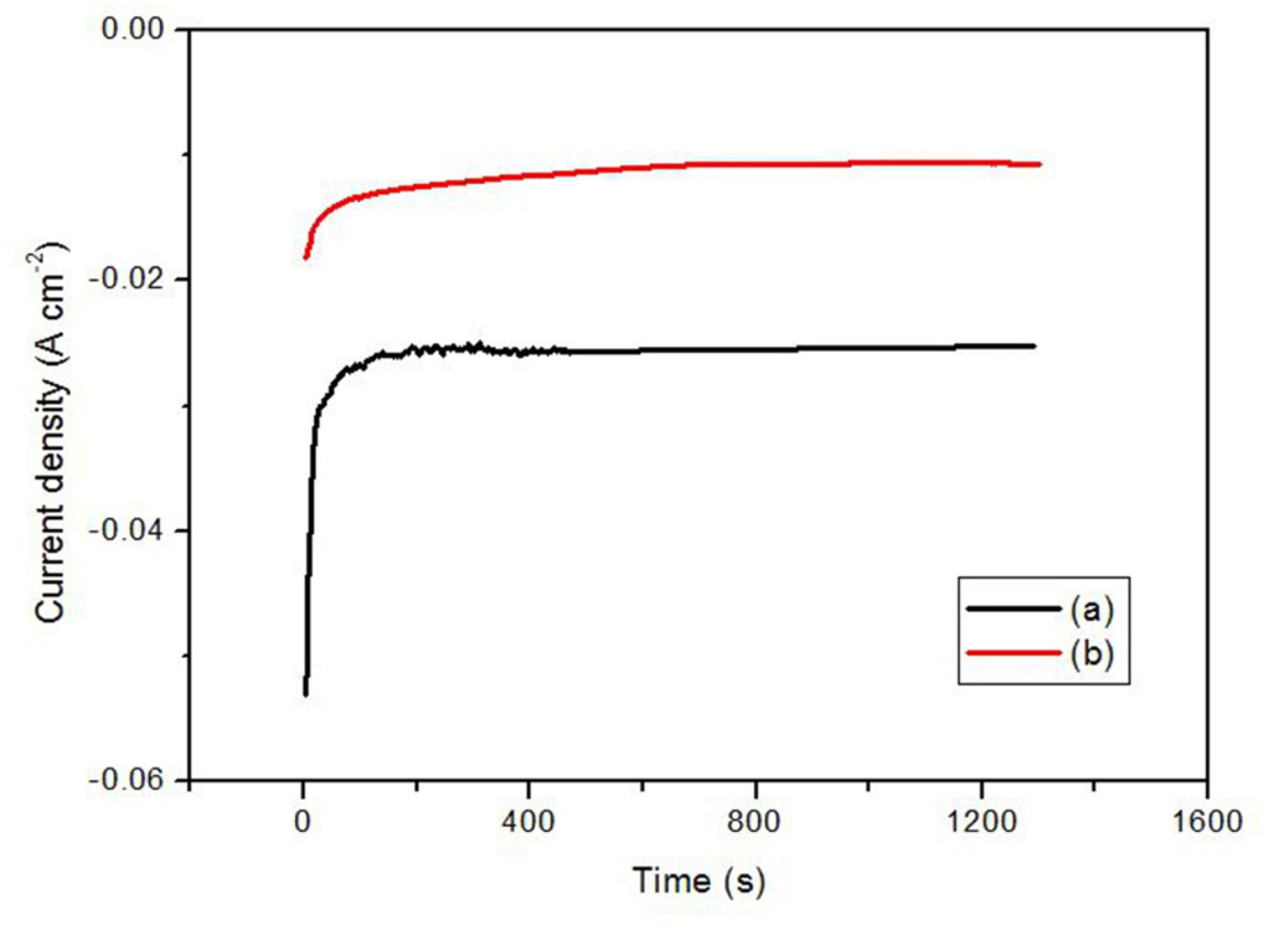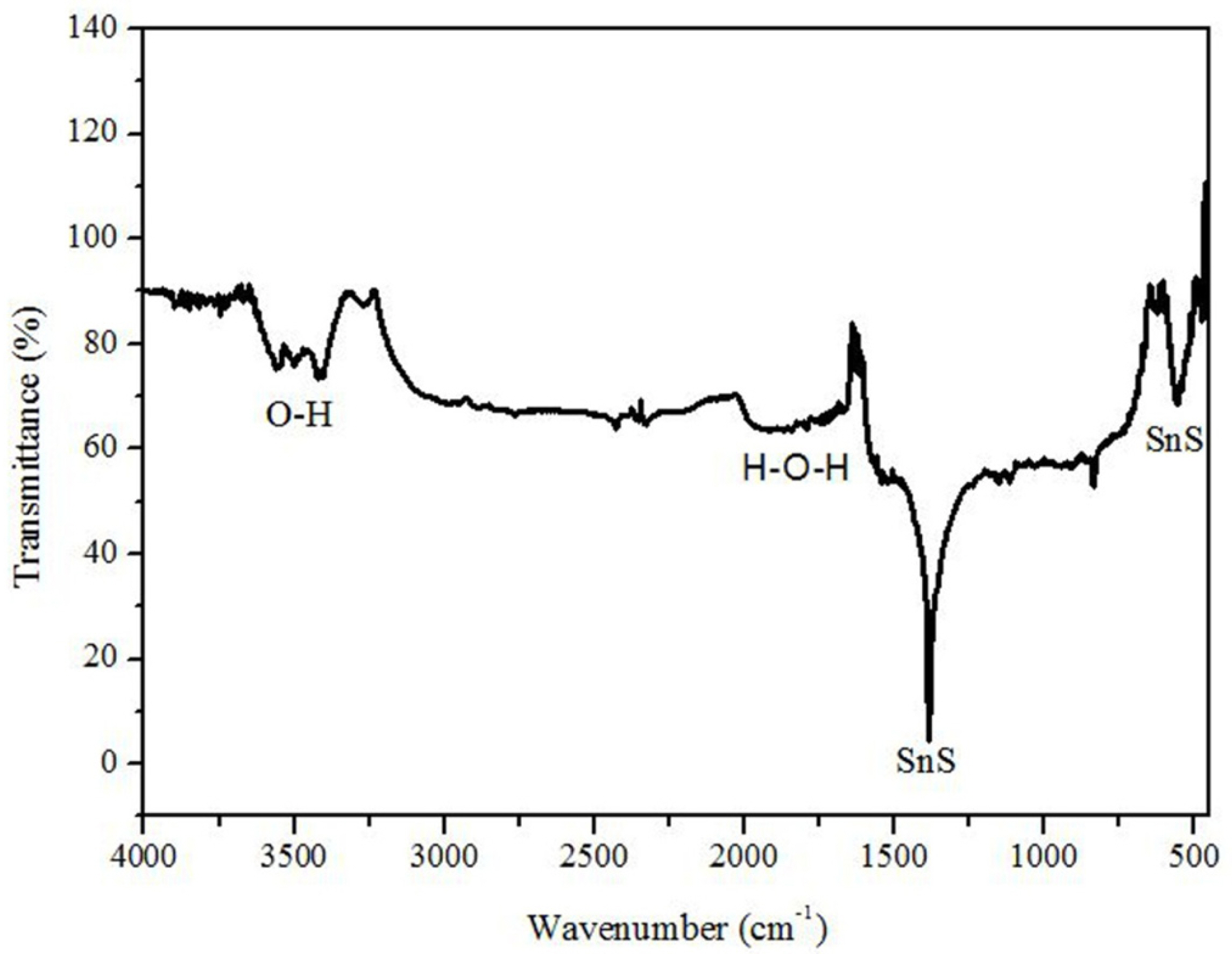[1] A. Ghazali, Z. Zainal, M. Z. Hussein and A. Kassim,
Solar Energy Mater and Solar Cells,
1998,
55(
3), 237–249.

[2] S. M. Sze and K. K. Ng, Physics of semiconductors devices. 3th Ed.John Wiley and Sons, Hoboken, New Jersey, 2007.719.
[3] S. Cheng, Y. He and G. Chen,
Mater. Chem. Phys,
2008,
110(
2), 449–453.

[4] M. Ichimura, K. Takeuchi, Y. Ono and E. Arai,
Thin Solid Films,
2000,
361-362, 98–101.

[5] B. Ghosh, S. Chowdhury, P. Banerjee and S. Das,
Thin Solid Films,
2011,
519(
10), 3368–3372.

[6] N. K. Reddy and K. T. R. Reddy,
Solid. State. Electronics,
2005,
49(
6), 902–906.

[7] S. C. Ray, M. K. Karanjai and D. D. Gupta,
Thin Solid Films,
1999,
350(
1), 72–78.

[8] T. Shrividhya, G. Ravi and T. Mahalingam, Int. J. ChemTech Res., 2014, 6(6), 3382–3384.
[9] M. Kul,
Vaccum,
2014,
107, 213–218.

[10] N. Revathi, S. Bereznev, J. Lehner, R. Raksmaa, M. Safonova, E. Mellikov and O. Volobujeva, Materials and Technology, 2015, 49(1), 149–152.
[11] S. Cheng, Y. He, G. Chen, E. C. Cho and G. Conibeer,
Surf. Coating. Tech.,
2008,
202(
24), 6070–6074.

[12] S. Cheng, Y. Chen, C. Huang and G. Chen,
Thin Solid Films,
2006,
500(
1), 96–100.

[13] M. Gunasekaran and M. Ichimura,
Solar Energy Mater and Solar Cells,
2007,
91(
9), 774–778.

[14] P. Sinsermsuksakul, J. Heo, W. Noh, A. S. Hock and R. G. Gordon,
Adv. Energy. Mater,
2011,
1(
6), 1116–1125.

[15] H.Y. He, J. Fei and J. Lu,
Mater. Sci. Semiconductor. Proc.,
2014,
24, 90–95.

[16] M. Z. Iqbal, F. Wang, M. Y. Rafique, S. Ali, M. H. Farooq and M. Ellahi,
Mater. Lett,
2013,
106, 33–36.

[17] P. Balaz, L. Takac, T. Ohtani, D. E. Mack, E. B. rova, V. Soika and M. Achimovicova,
J. Alloys. Comp.,
2002,
337, 76–82.

[18] B. Ghosh, M. Das, P. Banerjee and S. Das,
App. Surf. Sci.,
2008,
254(
20), 6436–6440.

[19] F. Alam and V. Dutta,
App. Surf. Sci.,
2015,
358, 491–497.

[20] A. Tanusevski and D. Poelman,
Solar Energy Mater and Solar Cells,
2003,
80(
3), 297–303.

[21] M. G. Sousa, A. F. da Cunha and P. A. Fernandes,
J. Alloys. Comp.,
2014,
592, 80–85.

[22] S. Cheng, G. Chen, Y. Chen and C. Huang,
Opt. Mater.,
2006,
29(
4), 439–444.

[23] Z. Zainal, S. Nagalingam and T. M. Hua,
J. Mater Sci: Mater. Electronics,
2005,
16(
5), 281–285.

[24] M. Bouroushian, T. Kosanovic, D. Karoussos and N. Spyrellis,
Electrochim. Acta,
2009,
54(
9), 2522–2528.

[25] H. M. M. N. Hennayaka and H. S. Lee,
Thin Solid Films,
2013,
548, 86–90.

[26] D. Pottier and G. Maurin,
J. App. Electrochem.,
1989,
19(
3), 361–367.

[27] M. C. F. Oliveira, M. Azevedo and A. Cunha,
Thin Solid Films,
2002,
405(
1), 129–134.

[28] Y. Lai, F. Liu, Z. Zhang, J. Liu, Y. Li, S. Kuang, J. Li and Y. Liu,
Electrochim Acta,
2009,
54(
11), 3004–3010.

[29] Y. Cui, S. Zuo, J. Jiang, S. Yuan and J. Chu,
Solar Energy Mater and Solar Cells,
2011,
95(
8), 2136–2140.

[30] I. Sisman and H. Oz,
Electrochim Acta,
2011,
56(
13), 4889–4894.

[31] C. Han, Q. Liu and D. G. Ivey,
Electrochim Acta,
2008,
53(
28), 8332–8340.

[32] I. Hanzu, T. Djenizian, G. F. Ortiz and P. Knauth,
J. Phys. Chem. C.,
2009,
113(
48), 20568–20575.

[33] N. R. Mathews, C. A. Chavez, M. A. C. Jacome and J. A. T. Antonio,
Electrochim. Acta,
2013,
99, 76–84.

[34] M. Sharon, M. S. K. S. Ramaiah, M. Kumar, M. N. Spallart and C. L. Clement,
J. Electroanal Chem.,
1997,
436(
1-2), 49–52.

[35] A. S. Aliyev, M. E. Rouby, M. T. Abbasov and A. S. Suleymanov, Nanoscience and Nanotechnology: AnInternational Journal, 2013, 3(3), 60–64.
[36] N. R. Mathews,
Solar Energy,
2012,
86(
4), 1010–1016.

[37] Z. Zainal, M. Z. Hussein and A. Ghazali,
Solar Energy Mater and Solar Cells,
1996,
40(
4), 347–357.

[38] K. Anuar, W. T. Tan, M. S. Atan, M. Sc, K. Dzulkefly, SM. Ho, M. Sc, H. Md. Jelas and N. Saravanan, Pacific J Sci and Tech, 2007, 8(2), 252–260.
[39] M. Steichen, R. Djemour, L. Gutay, J. Guillot, S. Siebentritt and P. J. Dale,
J. Phys. Chem C,
2013,
117(
9), 4383–4393.

[40] M. A. M. Ibrahim and R. M. A. Radadi,
Int. J. Electrochem. Sci,
2015,
10, 4946–4971.

[41] A. J. Bard and L. R. Faulkner, Electrochemical methods, fundamentals and Applications. 2nd Ed.John Wiley & sons, Inc, New York, 2000.
[42] L. K. Khel, S. Khan and M. I. Zaman, J. Chem. Soc. Pak., 2005, 27, 24–28.
[43] J. Henry, K. Mohanraj, S. Kannan, S. Barathan and G. Sivakumar,
Eur. Phys. J. Appl. Phys,
2013,
61, 10301–10304.

[44] Y. Xu, A. Al-Salim and R. D. Tilley,
Nanomaterials.,
2012,
2(
1), 54–64.

[45] J. J. M. Vequizo, M. Yokoyama, M. Ichimura and A. Yamakata,
Appl. Phy. Exp.,
2016,
9(
6), 067101.

[46] N. Revathi, S. Bereznev, J. Iljina, M. Safonova, E. Mellikov and O. Volobujeva,
J. Mater. Sci: Mater. Electr.,
2013,
24, 4739–4744.

[47] Y. Yongli and C. Shuying, J. Semiconductors, 2008, 29(12), 2322–2325.


























